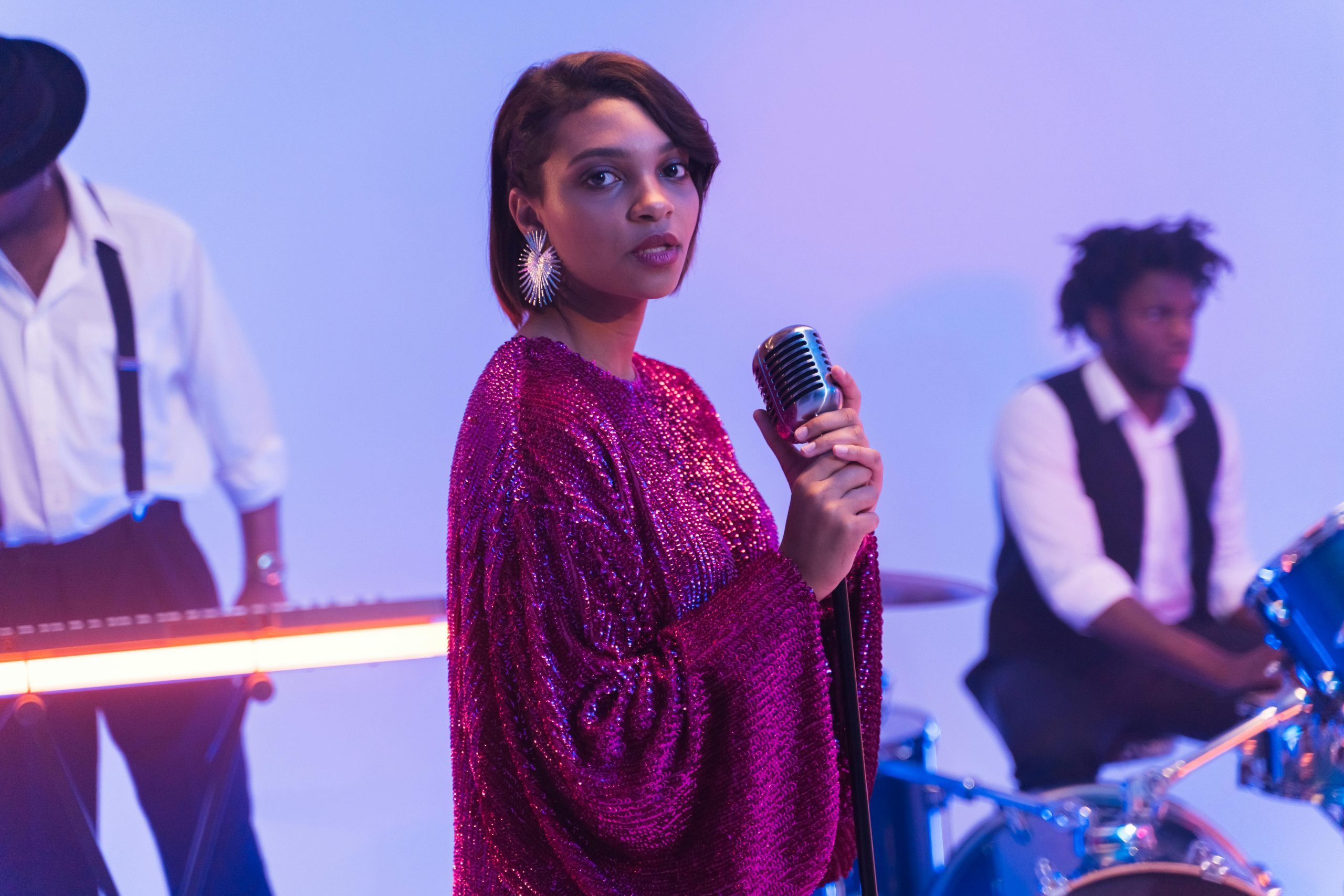Why AI Music Still Struggles to Replace Human Performance

The Emotional Gap in AI-Generated Music
Despite impressive advances in generative music models, synthetic audio still lacks the emotional feeling that defines human performance. Whether it’s the raw vulnerability of a live vocal take or the unpredictable timing of a jazz solo, these human elements are difficult—if not impossible—for AI to fully replicate. Listeners may appreciate the technical precision of AI music, but often report it feels sterile or emotionally distant.
This emotional disconnect matters, especially in high-stakes areas like film scoring or live performance. When the goal is to stir emotion or tell a story through sound, AI still struggles to deliver the same depth. That’s why even in an era of automation, directors, producers, and artists still gravitate toward human performers to make their stories resonate.
Dynamic Expression: What Machines Miss
Human musicians bring subtle variations to tempo, phrasing, and articulation that reflect personal experience and cultural context. These micro-expressions—like the slight delay in a blues guitarist’s bend or the breath before a heartfelt lyric—are what make performances feel real and relatable. AI-generated music, while sonically accurate, often lacks this organic quality.
Even when trained on large datasets, AI models tend to generalize rather than innovate. The result is music that might sound polished but feels repetitive or formulaic. Detection tools can often pick up on these cues, identifying patterns that distinguish synthetic audio from authentic human performance.
The Role of Imperfection
In many ways, it’s the imperfections that make music beautiful. A slight vocal crack, a rushed note, or an offbeat rhythm can communicate authenticity and vulnerability. These traits are rarely present in AI-generated tracks, which aim for technical perfection. Ironically, that perfection often makes the music less believable.
Audiences don’t just consume music—they connect with it. That connection is built on shared experience, emotion, and intention. Until synthetic music can convincingly mimic not just sound but soul, it will continue to fall short of replacing the real thing.
The Value of Human-Led Collaboration
Many creators are now exploring hybrid workflows, using AI tools to spark ideas or generate layers, but relying on human artists to bring emotion and intent. This approach combines the speed and scale of AI with the depth and detail of human musicianship.
Studios and publishers using platforms like aimusicdetection.com are also leveraging detection tools not just for protection—but for guidance. These tools help separate AI-generated content from human-created tracks, ensuring authenticity while supporting ethical, creative use of AI.
Conclusion
AI music continues to evolve rapidly, but it still has fundamental limitations when it comes to replacing human performance. The richness of live expression, the emotional power of imperfection, and the connection forged through artistry are elements that remain uniquely human. As detection tools get better at identifying the differences, they also help preserve what makes human-made music so irreplaceable.
